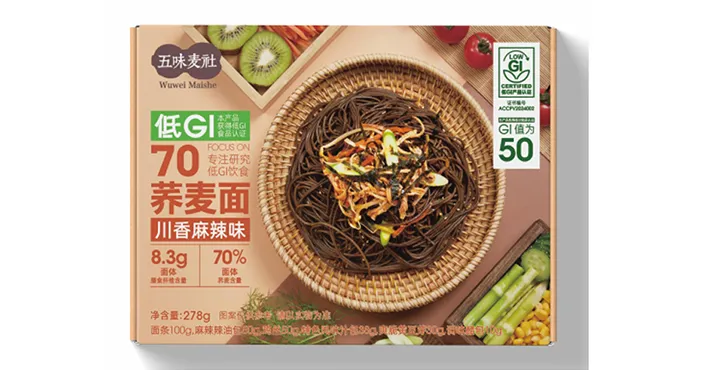how to cook pasta
How to Cook Perfect Pasta A Comprehensive Guide
Pasta is one of the most beloved staples in many cuisines around the world. Its versatility allows it to fit into various dishes, ranging from simple recipes to gourmet meals. Whether you prefer spaghetti, penne, or fettuccine, knowing how to cook pasta perfectly is essential. Here’s a detailed guide that will walk you through the crucial steps to achieve al dente perfection.
Choosing the Right Pasta
The first step in cooking pasta is selecting the type that suits your dish. There are countless varieties of pasta, each with its unique texture and shape, designed for specific types of sauces. For instance, long, thin pasta like spaghetti pairs well with light sauces such as olive oil or marinara, while thicker pasta shapes like rigatoni are ideal for heavier, meat-based sauces. Always consider the sauce you plan to use before selecting the pasta.
Ingredients and Equipment
To cook pasta, you’ll need the following ingredients and equipment
- Pasta Choose your favorite type. - Water A large amount to allow the pasta to move freely. - Salt To enhance the flavor of the pasta. - A large pot For boiling the water. - A colander For draining the pasta. - Optional Olive oil or butter, if desired.
The Cooking Process
1. Boil the Water Begin by filling a large pot with water. For every pound of pasta, use at least four quarts of water. This ensures that the pasta cooks evenly and prevents it from becoming sticky. Place the pot on the stove over high heat and bring it to a rolling boil.
2. Salt the Water Once the water reaches a boil, generously add salt. A good rule of thumb is to use about 1-2 tablespoons of salt for every pound of pasta. This will enhance the flavor significantly. The water should taste slightly salty, similar to sea water.
3. Add the Pasta Carefully add the pasta to the boiling water. Stir it gently for the first minute to prevent it from clumping together. Make sure the pasta is fully submerged in the water to ensure even cooking.
how to cook pasta

4. Timing is Key Check the package instructions for the recommended cooking time. For most dried pasta, this usually ranges from 8 to 12 minutes. However, for the best texture, aim for al dente, which means the pasta should be firm to the bite. To achieve this, start testing the pasta a couple of minutes before the minimum cooking time indicated.
5. Stir Occasionally As the pasta cooks, stir it occasionally to prevent sticking. This is particularly crucial for shapes that may clump together.
6. Taste Test About a minute before the recommended cooking time, taste a piece of pasta. It should be tender but still firm. If it needs more time, continue cooking, checking every 30 seconds.
7. Drain the Pasta Once the pasta reaches the desired doneness, immediately drain it in a colander. Avoid rinsing the pasta, as this removes the starch that helps the sauce adhere better. If your recipe calls for it, reserve a cup of pasta water before draining for later use.
8. Add Sauce Immediately For the best flavor, toss the hot pasta with your chosen sauce right after draining. This allows the pasta to absorb the sauce, enhancing the overall dish. If the sauce is too thick, you can add some reserved pasta water to achieve your desired consistency.
9. Serving Serve the pasta hot. You may want to garnish with fresh herbs, grated cheese, or a drizzle of olive oil, depending on your preference.
Tips for Perfect Pasta Cooking
- Don’t add oil to the cooking water Contrary to common belief, adding oil to the boiling water won’t prevent sticking and can hinder sauce adherence. - Pasta and sauce For an authentic taste, consider making your own sauce. Fresh ingredients can elevate your dish to new heights. - Experiment Don’t hesitate to try different cooking methods, like roasting your pasta before boiling it, which can add a deeper flavor.
Conclusion
Cooking pasta is an art that requires attention to detail and practice. By following these steps, you can ensure your pasta dishes are always delicious and satisfyingly al dente. Remember, with every bowl of pasta you prepare, you’re not just cooking — you’re creating a meal that brings joy and comfort to your dining table. Happy cooking!
-
Unlock the Delicious Potential of Yam NoodlesNewsAug.11,2025
-
The Authentic Taste of Lanzhou NoodlesNewsAug.11,2025
-
Savor the Art of Hand Pulled NoodlesNewsAug.11,2025
-
Indulge in the Timeless Delight of Spaghetti BologneseNewsAug.11,2025
-
Indulge in the Rich Flavor of Braised Beef NoodlesNewsAug.11,2025
-
Elevate Your Meals with the Magic of Fresh PastaNewsAug.11,2025
-
Unleash Your Inner Chef with Delectable Italian Pasta CreationsNewsAug.01,2025
Browse qua the following product new the we

















































































































